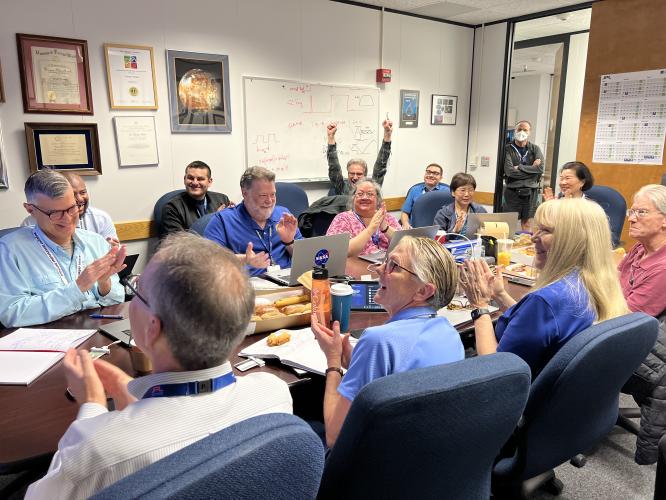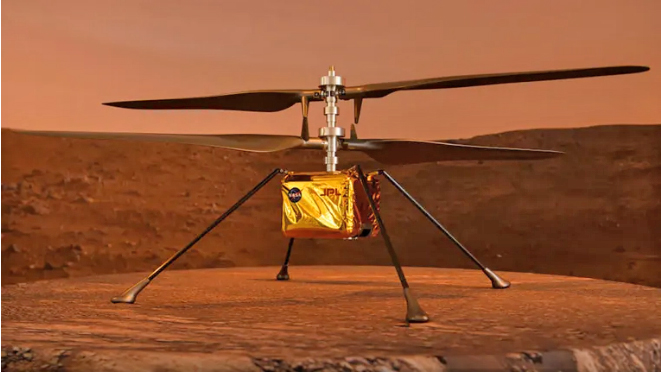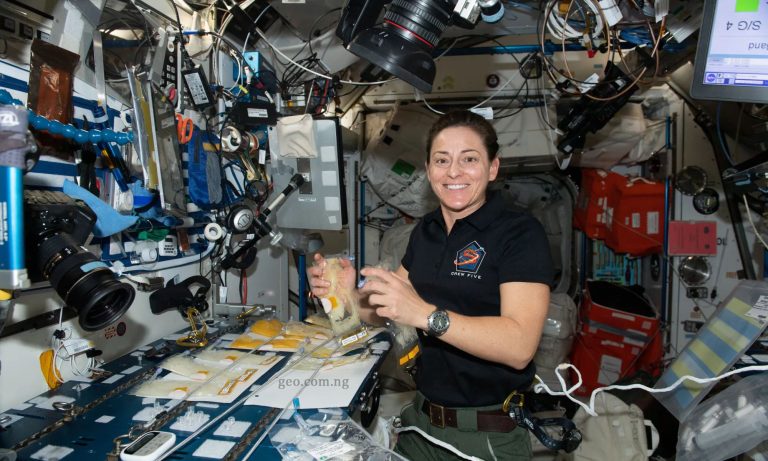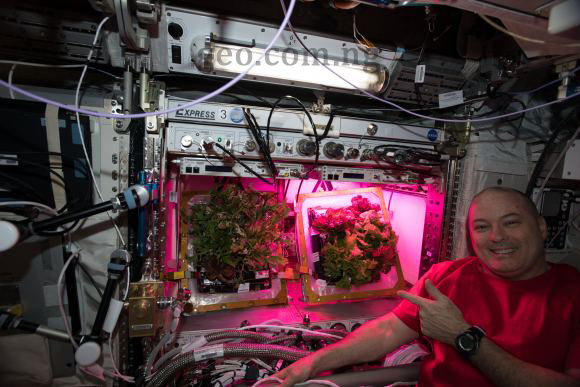Voyager 1 Communication Restored by NASA
Key Takeaway:
After experiencing communication issues, NASA engineers successfully restored contact with Voyager 1 by implementing a creative workaround to overcome a memory problem in its flight data subsystem.
Summary:
- Voyager 1: The iconic spacecraft launched in 1977.
- Communication Issue: Voyager 1 began sending gibberish back to Earth in November 2023.
- Diagnostic Testing: NASA engineers discovered a memory problem in the flight data subsystem (FDS).
- Workaround: Engineers divided and relocated the faulty code to restore communication.
- Success: On April 20th, communication was reestablished, allowing for the transmission of clear data.
- Ongoing Work: Engineers continue to relocate and test other sections of code for full functionality.
- Historical Significance: Voyager 1’s long-term mission and contributions to space exploration.

Voyager 1 Communication Restored by NASA
The recent re-establishment of communication with Voyager 1 represents a major achievement in humanity’s ongoing quest to explore the universe. Launched in 1977, Voyager 1 has been a pioneer, journeying into the vastness of space and providing invaluable information about our cosmos.
When Voyager 1 began transmitting gibberish instead of scientific data in November 2023, engineers at NASA’s Jet Propulsion Laboratory faced a daunting challenge. The culprit was identified as a memory problem within the spacecraft’s flight data subsystem (FDS). This glitch posed a serious threat to Voyager 1’s ability to communicate.
Despite the immense distance between Earth and Voyager 1, NASA engineers took on the challenge of repairing the failing spacecraft remotely. Through careful diagnostic tests and innovative problem-solving, they pinpointed the faulty code causing the communication issues.
Using clever workaround techniques, the team came up with a plan to move and reorganize the affected code within the FDS. This complex process demanded careful coordination and creative thinking to guarantee that Voyager 1 could continue its important mission of exploration.
The Voyager mission has been a testament to human ingenuity and perseverance. Restoring communication with Voyager 1 is a significant achievement for NASA and the global scientific community.” – Dr. Lisa Kaltenegger, Director of Cornell University’s Carl Sagan Institute.
On April 20th, 2024, NASA’s dedicated team’s hard work paid off as Voyager 1 successfully transmitted clear and understandable data across the vastness of space once again. The celebration at the Jet Propulsion Laboratory was a testament to human perseverance and the strength of scientific teamwork.
Although re-establishing communication with Voyager 1 is a reason to rejoice, the mission is still ongoing. Engineers persist in their meticulous efforts to relocate and test more sections of code within the spacecraft’s systems. This ongoing work is crucial for maintaining Voyager 1’s mission and furthering its vital contributions to our knowledge of the universe.
Launched more than forty years ago, Voyager 1 has gone beyond all predictions, surpassing its original mission goals and entering the uncharted territories of interstellar space. Along its journey, it has gifted humanity with stunning images of far-off planets and vital information about the universe we inhabit.
As Voyager 1 presses onward in its voyage toward the stars, its impact on space exploration remains deeply ingrained in history. From its groundbreaking encounters with Jupiter and Saturn to its unprecedented departure from the heliopause, Voyager 1 has reshaped our understanding of the cosmos and ignited the imaginations of countless scientists and visionaries across generations.








